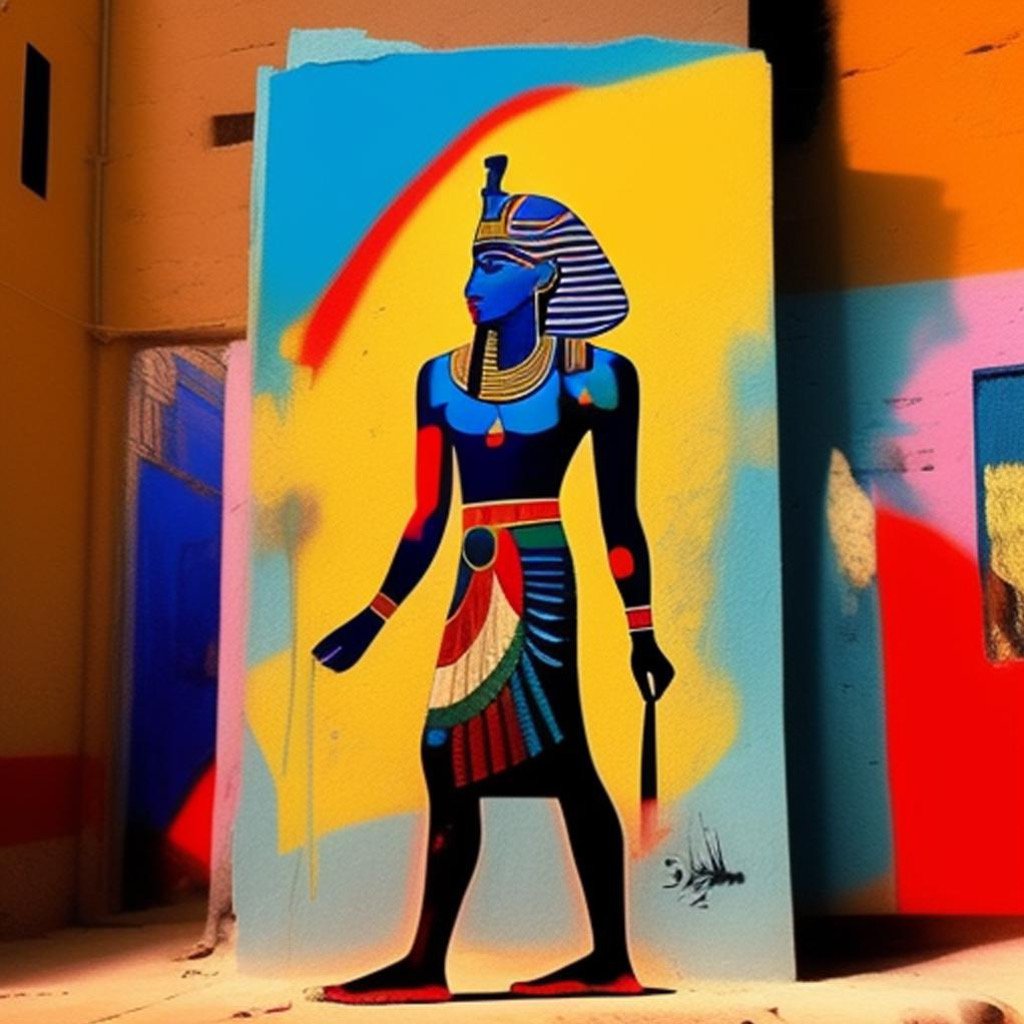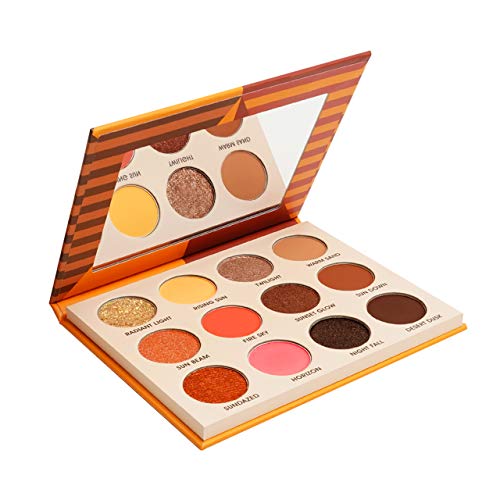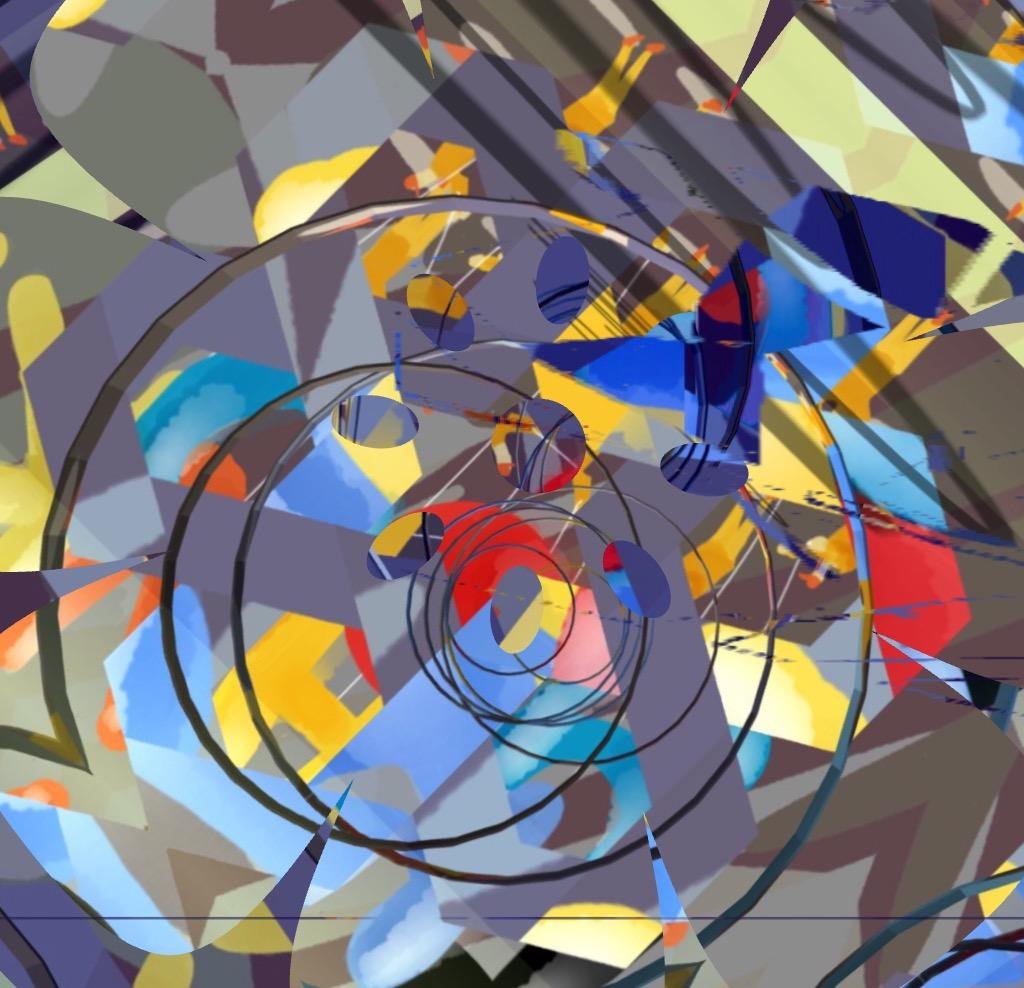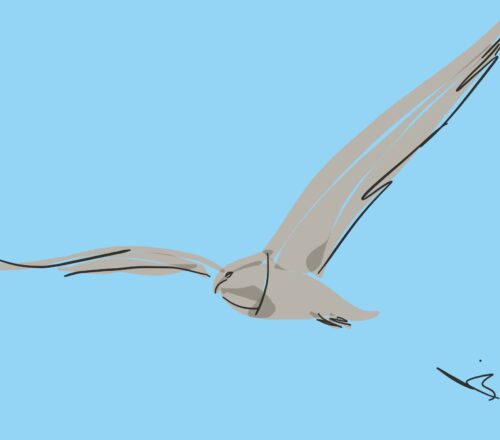
Table of Contents
Poem by an egyptian painter
Amidst the sands of time, I paint my tale,
With hues that whisper stories, never frail.
Ochre, the earth’s embrace, fiery and bold,
A canvas of devotion, a story to be told.
Lapis lazuli, blue as the boundless sky,
Gods and mortals meet, where horizons lie.
Nile’s gentle reflection, secrets it beholds,
In azure depths, a cosmic journey unfolds.
Golden grains sway in the sun’s embrace,
Yellow hues of harvest, life’s vibrant grace.
Pharaohs’ crowns adorned with regal might,
Eternal sunsets, a kingdom bathed in light.
Green, a song of fertility, in every brushstroke,
Nature’s orchestra, as vibrant landscapes woke.
Abundance woven into the land’s embrace,
A verdant tapestry of life’s intricate grace.
Black, the cradle of creation’s tender hand,
Mysteries birthed in darkness, life’s endless strand.
Kemet’s fertile heart, a tale to be told,
In ebony depths, the universe unfolds.
With each stroke, I breathe life anew,
In colors of ancient sands, old yet true.
Egypt’s palette, a symphony divine,
A painter’s song, a journey through time.
Egyptian art and painting
Ancient Egyptian art and painting are characterized by a distinct style and function that served both religious and social purposes. Here are some key points about its features and typical elements:
Characteristics of Ancient Egyptian Art
Symbolism:
- Art was deeply symbolic, with colors and forms carrying specific meanings. For example, blue represented the Nile and creation, while green symbolized fertility and rebirth.
Hierarchical Proportions:
- Figures were depicted according to their social status. Pharaohs and gods were shown larger than other figures to signify their importance.
Frontality:
- Human figures were often depicted in a composite view, where the head and legs were shown in profile, while the torso faced forward. This style allowed for clear identification of features.
Lack of Perspective:
- Ancient Egyptian art does not employ linear perspective. Instead, depth was conveyed through size and overlap.
Religious Themes:
- Much of the art was created for religious purposes, illustrating scenes from mythology, rituals, or depicting the afterlife. Temples and tombs were adorned with carvings and paintings intended to ensure a safe passage to the afterlife.
Typical Elements in Ancient Egyptian Painting
Fresco and Relief:
- Paintings were often created using a water-based technique called fresco, while relief sculptures were carved into stone to create depth.
Color Palette:
- A limited palette was used, with natural pigments derived from minerals and plants. Common colors included red, yellow, green, blue, and black.
Common Subjects:
- Scenes included daily life, agriculture, hunting, and religious ceremonies, often featuring gods, pharaohs, and deceased individuals.
Iconography:
- Specific symbols (like the Ankh, scarabs, and natron) appeared frequently, each carrying specific meanings related to life, death, and the afterlife.
Sarcophagi and Tombs:
- Tomb paintings are among the most well-preserved examples of Ancient Egyptian art, often depicting the deceased’s journey to the afterlife, including various offerings and protective deities.
Conclusion
Ancient Egyptian art and painting reflect the civilization’s beliefs, values, and social structure. Its highly stylized and symbolic nature has left an enduring legacy, influencing various art forms throughout history.
Online expositions of ancient Egyptian Art
There are several online resources and virtual exhibitions dedicated to ancient Egyptian art that you can explore. Here are some notable options:
The British Museum
- The British Museum has an extensive collection of Egyptian artifacts. Their website offers virtual tours and high-resolution images of key pieces.
- British Museum – Ancient Egypt
The Metropolitan Museum of Art
- The Met provides access to a significant collection of Egyptian art online, including virtual exhibitions and detailed descriptions of various artifacts.
- The Met – Egyptian Art
The Louvre Museum
- The Louvre has an impressive collection of ancient Egyptian relics. They offer virtual tours and detailed information on individual pieces.
- Louvre Museum – Egyptian Antiquities
The Egyptian Museum (Cairo)
- Although the museum itself may not have a comprehensive online presence, some exhibitions and collections can be found online through various academic partnerships.
- Egyptian Museum – Virtual Tours and Collections
The University of Chicago’s Oriental Institute
- The Oriental Institute provides access to a range of online exhibits and resources related to ancient Egypt.
- Oriental Institute – Ancient Egypt
Google Arts & Culture
- This platform features collections from various museums around the world, including a focus on ancient Egyptian art. You can explore virtual exhibits and detailed views of artifacts.
- Google Arts & Culture – Ancient Egypt
The Royal Ontario Museum:
- The ROM has an accessibly designed online exhibit showcasing its Egyptian collections.
- ROM – Ancient Egypt Collection
The National Museum of Scotland:
- Features online exhibitions with detailed views and descriptions of Egyptian artifacts.
- National Museum of Scotland – Ancient Egypt
YouTube Documentaries:
- Many educational channels on YouTube offer documentaries and lectures on ancient Egyptian art and culture. Look for reputable channels associated with universities or museums.
Virtual Exhibits by Academic Institutions:
– Some universities with archaeology or art history programs may host virtual exhibits. Check their websites for digital collections or special projects focused on ancient Egypt.
These resources should provide you with a wealth of information and visual stimulation regarding ancient Egyptian art. Enjoy your exploration!
Shop Corner on Amazon
Egyptian painting on Amazon
Egyptian painter on Amazon
Egyptian poetry on Amazon
An awesome color palette indeed!
Sources openai Language models, aitrot, picsart and mib
Thank you for reading, shares and comments!
✨ Comment Policy ✨
We welcome thoughtful, kind, and constructive comments that contribute to meaningful conversations.
Please note:
- Promotional links and unsolicited offers will be removed.
- Spam, irrelevant content, or self-promotion without prior permission will not be published.
- We value quality engagement over quantity — thank you for helping us keep this a respectful and inspiring space!
Take time to learn
Invest in your future
Embark on a journey into the realm of affiliate marketing and craft your own website within a vibrant, supportive community. Join me in this adventure, where you can begin as a free starter and stay as long as you desire. Enjoy complimentary hosting and foundational teachings to set you on your path. For those with advanced skills, opportunities to elevate your expertise await. Take a moment to explore and witness the magic for yourself!







